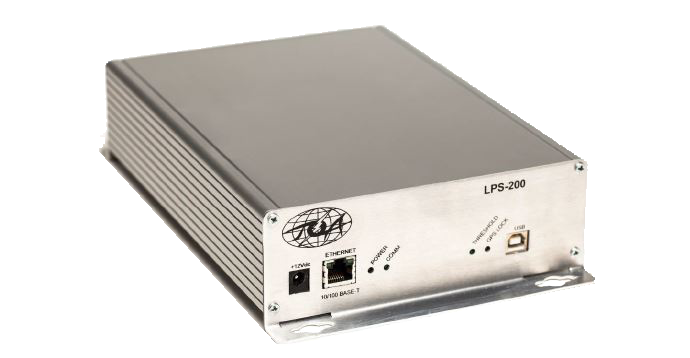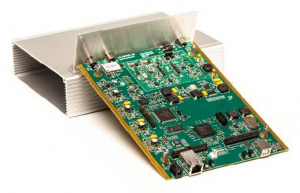 After many years of Research and Development, TOA has now released the latest generation sensor, the 4th generation Low Power Sensor (LPS), with some key upgrades that will allow us to further improve the lightning detection capabilities for TOA’s lightning location networks;
After many years of Research and Development, TOA has now released the latest generation sensor, the 4th generation Low Power Sensor (LPS), with some key upgrades that will allow us to further improve the lightning detection capabilities for TOA’s lightning location networks;
- Enhanced frequency range to improve detection of cloud to ground strikes and unique altitude detection of intra cloud strikes, allowing for 3D display and analysis of lightning events. An optional VHF daughter card enhances the sensor’s ability to pick up cloud to cloud events.
- A low power, small form factor and rugged sensor that allows installation at solar powered and remote sites, which dramatically increases the number of locations which new sensors can be installed at.
- Improved filtering algorithms that allow us to provide error ellipses and confidence intervals around ground strikes.
- New forecasting and tracking algorithms that allows us to take lightning from detection into real time forecasting of storm movement and speed.

Utilizing a high sensitivity, low noise wideband receiver, state-of-the-art digital filters and equalizers, along with precision GPS time reference, the sensor is able to characterize and categorize the lightning stroke. Once identified, the LPS-200 initiates a TCP/IP message to the TOA Systems Central Analyzer Processor (CAP) where the precise lightning location is calculated.
The LPS has enormous advantages over other lightning sensor designs, in particular those based on magnetic direction finding (MDF) which suffers from significant site introduced errors and consequent high siting costs. Precision lightning sensors used by TOA do not monitor magnetic field signals as do Direction Finding based sensors, therefore TOA sensors have liberal siting criteria.
The LPS can be installed on existing structures, towers, and buildings where access to electric power and communications is readily at hand. The sensor is also extremely adaptable in terms of communications; its design allows it to transmit data by telephone, network, internet, or radio as is deemed best suited to the requirement.
In a time-of-arrival based system, timing is an important part of the receiver. The LPS receiver uses commercial GPS timing as a reference. The sensor uses a high frequency timing source that makes the timing more stable, accurate and increases the resolution. The timing is constantly monitored and corrected. This results in more accurate lightning locations.
An onboard processor handles communications and monitors the over-all operation of the sensor. It keeps track of the timing system. The sensor is designed for remote configuration of the hardware. This is accomplished using Field Programmable Gate Array (FPGA) technology. This allows remote configuration of the hardware using bit patterns. Upgrades can be performed without visiting the site.
The sensor is also designed for remote configuration of the software. Software is downloadable over the communications link. The programs are stored in non-volatile memory on the board. It is not affected by power glitches, losses, or outages. Again, upgrades can be performed without visiting the site.

